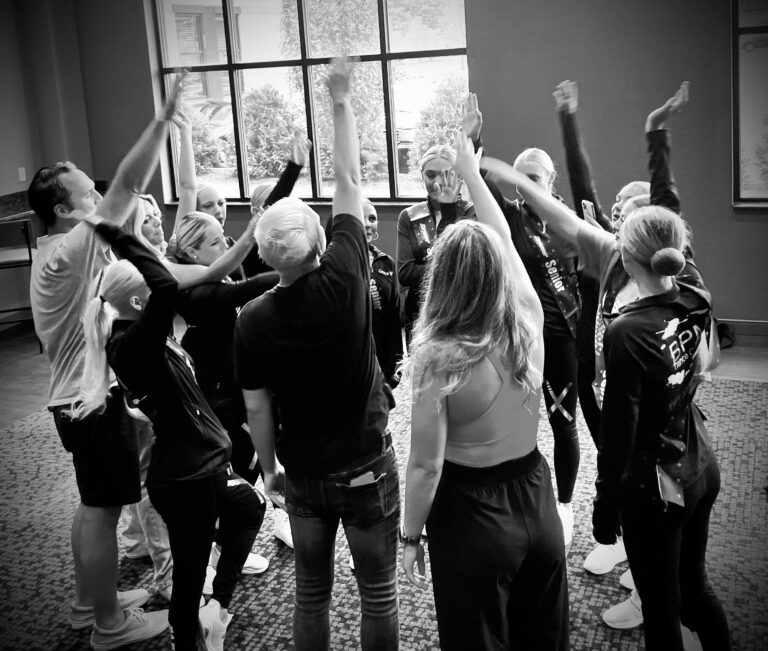
When Brittany Purtell heard one dancer was repeatedly bad-mouthing another on her eight-person competition team in early 2017, she knew she had to take action. “We got word about bullying among the team members,” she says. “It started at their school and then carried over to the studio.” A dancer was spreading rumors about her teammate: “Something along the lines of ‘So-and-so is not trying; she’s not practicing; she doesn’t deserve to be on the team,'” says Purtell, who directs the Senior Elite team at Open Space Studio in Plymouth, Massachusetts. Concerned the bad-mouthing could lead to a serious rift among teammates, she planned a camaraderie-building session, where students filled poster boards with dance compliments about one another—and themselves—and decorated the studio with hearts where they’d penned why they love dance. She’s heard no complaints since, but statistically speaking, she likely will face some variation of this challenge again.
It happens to 21 percent of students ages 12 to 18: repeated, unwanted, aggressive behavior among school-aged children, where there is a real or perceived power imbalance. Bullying can be verbal, like teasing; social, like excluding someone on purpose; or physical, like shoving or hitting—and don’t forget two of those three can happen online, largely out of sight of teachers and parents. In the most extreme cases, bullying has caused students to hurt or kill themselves.
Whether it happens in the studio lobby or via Instagram after students go home, it’s a teacher’s responsibility to take it seriously. “The safety of children has to be above profit, awards, ego, likes on Instagram,” says Leslie Scott, founder of the nonprofit Youth Protection Advocates in Dance (YPAD). “That needs to be your moral compass.” There’s no single step-by-step protocol that will work in every scenario with every bully and victim. But there are rules you can put in place and methods you can use to handle the situation in the best way possible to maintain a safe and positive environment for your dancers.





